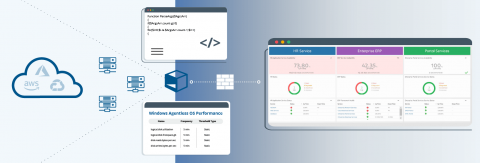Your Personal IT Assistant: Ivanti Cloud
For many IT organizations, widescale remote working brings new requirements for supporting both end-users and assets. This is stretching resources and capabilities for many IT teams as they adapt to this change without compromising quality or security. Until recently, the office was the traditional hub of connectivity—not just to business systems, but also among employees.









